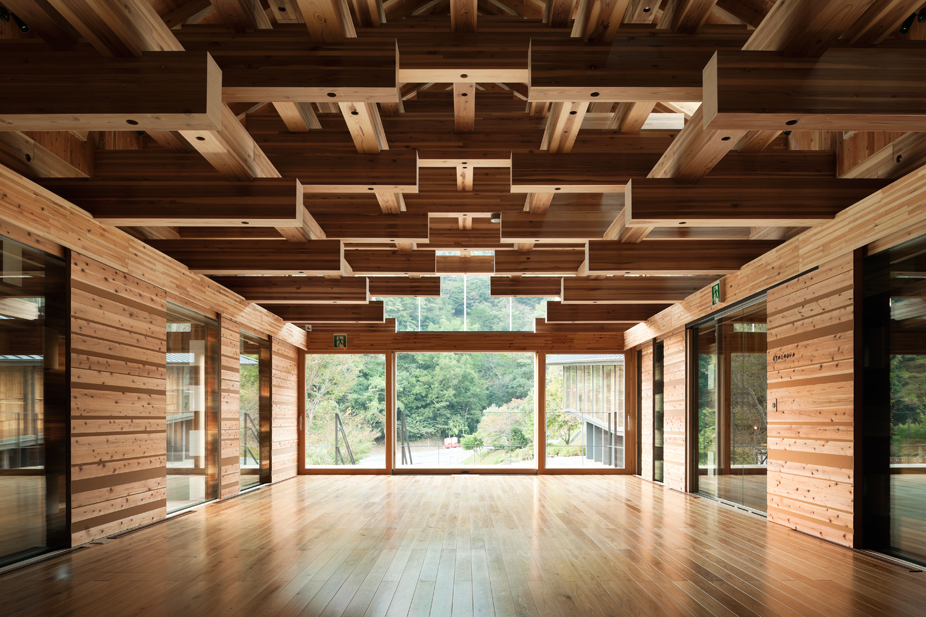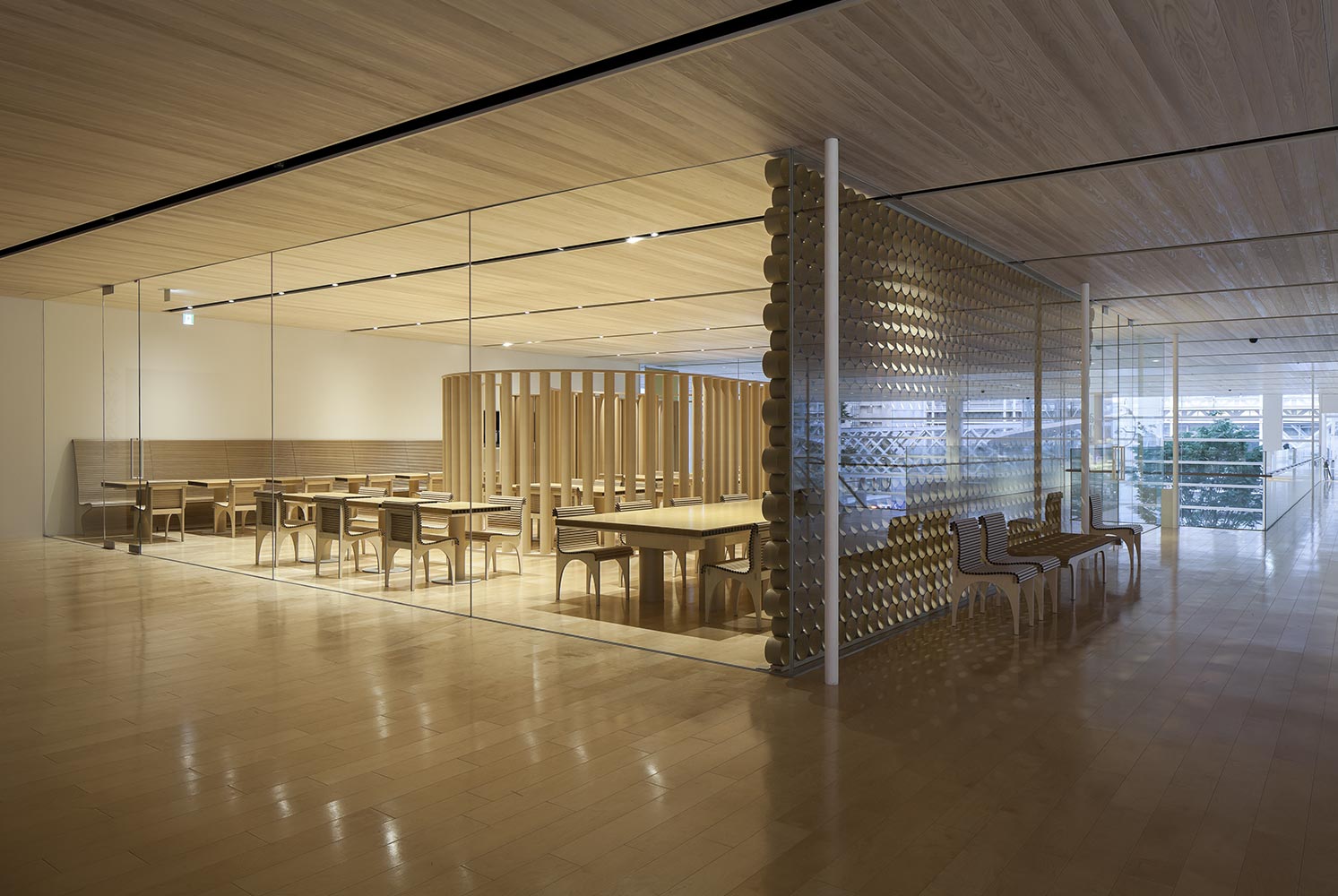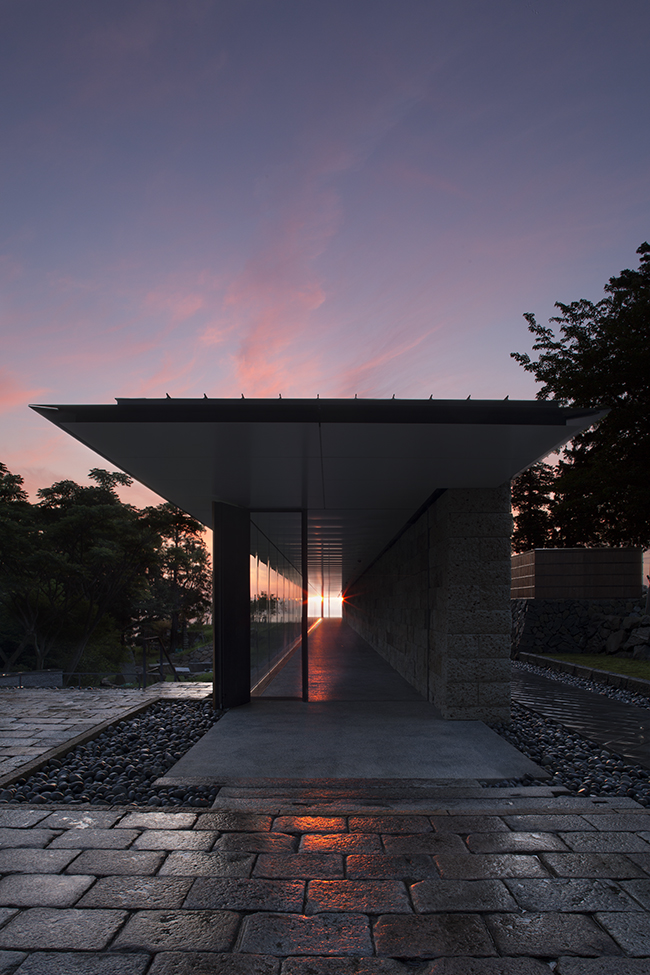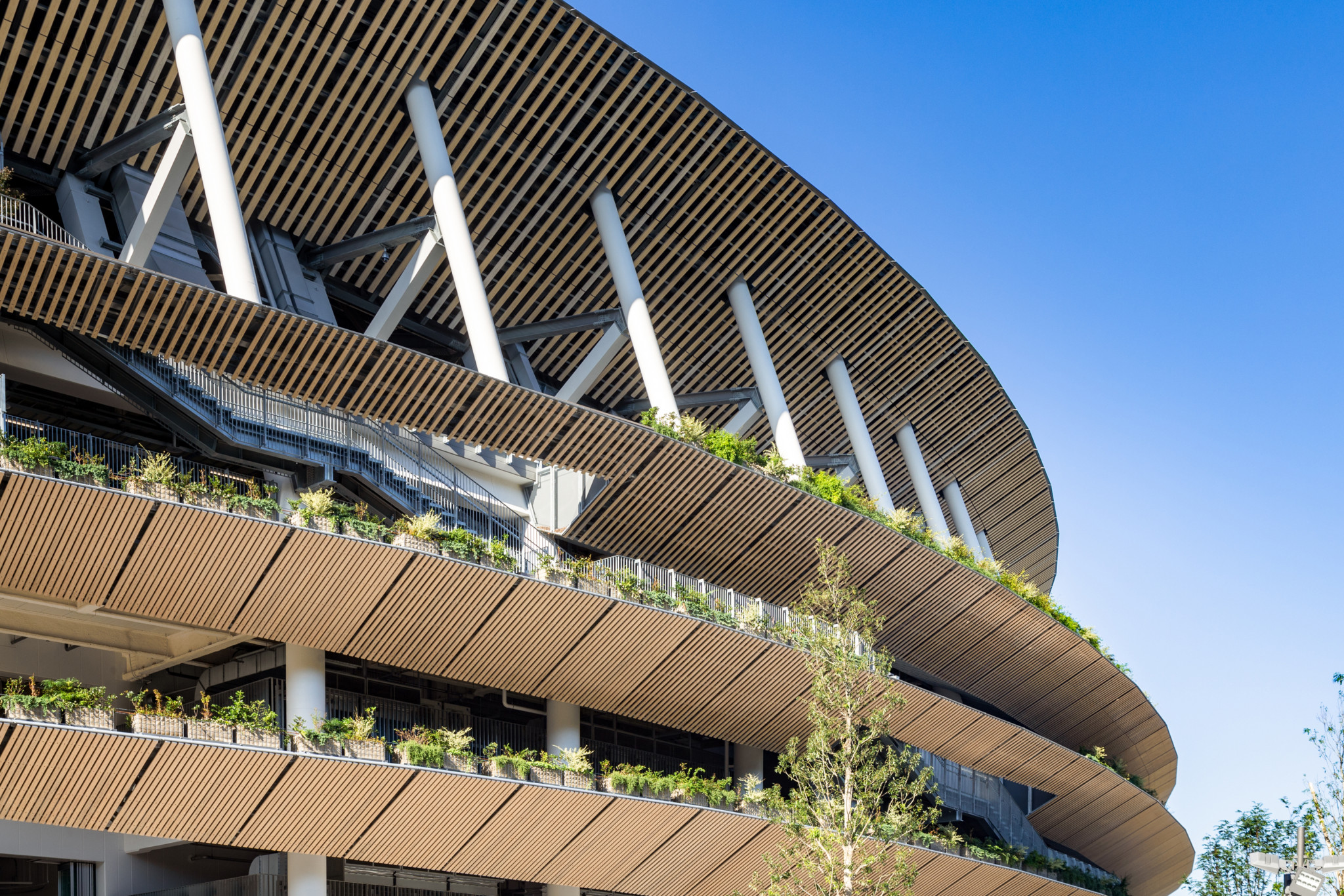7 Must-See Modern Architectural Wonders in Japan
In the realm of architecture, Japan excels at playing a nuanced game. The following seven projects from renowned architects like Kengo Kuma and Tadao Ando illustrate how this island nation is forging ahead into the future by gracefully elevating its history.
From Yusuhara to Tokyo, Japanese architecture thrives on challenging the limits of innovation. From temples bathed in light to subterranean art spaces and woodland sports arenas, every structure serves as an architectural statement. Below are seven renowned works that transform how we perceive space and interact with nature.
Do you like architecture? Below are a few articles that may catch your attention. :
- Explore Frank Lloyd Wright’s 6 most astounding creations to see globally.
- The Arctic Cathedral: a marvel of contemporary architectural design
- The 6 most remarkable creations of Zaha Hadid to explore globally
The village of Yusuhara – Kengo Kuma
In the Kochi mountains , a village was turned into an architectural laboratory. Over the years, from 1994 to 2018, Kengo Kuma Features six structures resembling a colossal toy block set. The town hall is clad in cedar, the museum takes the shape of a suspended bridge, and the library emulates a woodland scene: every edifice reinvents traditional Japanese architectural methods to craft an unparalleled city within the nation.

Church of Light (1989) - Tadao Ando
A cube of rough concrete, lost in the suburbs of Osaka, hides a unique spiritual experience. Behind the altar, a simple cross-shaped notch transforms the daylight coming in into a work of art. The beam of light cuts through the darkness of the bare nave, the only ornament in this minimalist temple where Tadao Ando proves that a crack in a wall can sometimes be more moving than an overwrought Gothic cathedral. One of the most emblematic works by this major Japanese architect.
Takasugi-an Tea House (2003) - Terunobu Fujimori
Nestled in the hills of Nagano stands an enchanting teahouse called Takasugi-an ("a house built too high"), which seems to defy gravity. Perched six meters above the earth upon two chestnut pillars, this innovative structure by Fujimori blends a conventional tea ritual with elements of whimsy. Accessible only via a straightforward ladder, this elevated sanctuary serves as both a contemplative haven and a dreamlike setting reminiscent of scenes from a Studio Ghibli movie.
The Chichu Art Museum (2004) - Tadao Ando
On the island of Naoshima Tadao Ando has reinvented the concept of a museum by situating it below ground level. From an external perspective, the Chichu Art Museum remains hidden, visible solely from above. Within this complex structure made of coarse concrete, strategically positioned beams of sunlight highlight pieces by Monet, Turrell, and De Maria, altering and molding the environment throughout the day. An illuminated triangular stairway guides visitors to a chamber where Monet’s water lily series responds dynamically to variations in the overhead sky. In this setting, the architectural design itself transforms into a piece of art, seamlessly blending elements of nature—sky and earth—with human craftsmanship for a distinctive multisensory encounter.
Oita Prefectural Art Museum (2014) - Shigeru Ban
Shigeru Ban created an art museum that overlooks the city of Oita. The structure features sliding glass facades that blur the line between interior and exterior spaces. Drawing inspiration from tradition, engawa - Characteristic of traditional Japanese homes, the external hallway allows for an ongoing conversation between the street and the exhibits within the museum. The top facade features a lattice design inspired by regional bamboo artistry, lending a sophisticated element to this decidedly contemporary building.

Enoura Observatory (2017) - Hiroshi Sugimoto
Perched on a cliff above Sagami Bay, science intertwines with poetry. The Enoura Observatory serves as this captivating intersection. multidisciplinary artist Hiroshi Sugimoto has designed a contemporary sanctuary: a 100-meter-long gallery that progressively illuminates during the summer solstice, alongside a 70-meter passage bored through the mountainside to greet the winter sunlight. Perched atop a glass stage over the ocean, a stone Noh theater stands ready for the equinoxes.

The National Stadium of Japan (2019) - Kengo Kuma
Kengo Kuma has created an urban woodland composed of both wood and steel in Tokyo—the National Stadium, built for the 2020 Olympics. The materials were symbolically gathered from all 47 of Japan’s prefectures, with numerous slender cedar planks forming layered roofs that cast intricate patterns of light and shade akin to those seen in ancient Japanese shrines. Despite its capacity for 60,000 spectators, this cutting-edge arena exudes a sense of coziness beneath its roof engineered to withstand strong gusts and seismic activity. Suspended green spaces within this edifice mark it as a beacon of eco-friendly design in contemporary times. st century.






